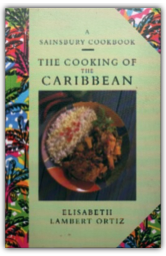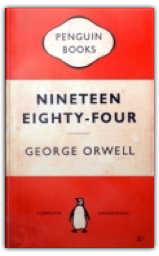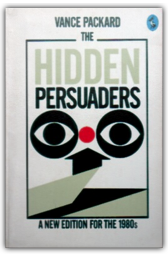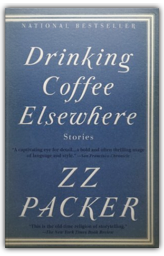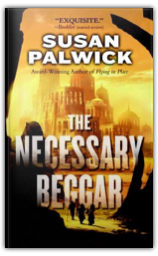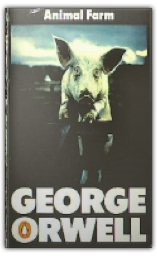 Animal Farm
George Orwell
Animal Farm
George Orwell
Since its publication in 1946, George Orwell's fable of a workers' revolution gone wrong has been recognized as a classic of modern political satire. Fuelled by Orwell's intense disillusionment with Soviet Communism, Animal Farm is a nearly perfect piece of writing—both an engaging story and an allegory that actually works. When the downtrodden beasts of Manor Farm oust their drunken human master and take over management of the land, all are awash in collectivist zeal. Everyone willingly works overtime, productivity soars and for one brief, glorious season, every belly is full. The animals' Seven Commandment credo is painted in big white letters on the barn. All animals are equal. No animal shall drink alcohol, wear clothes, sleep in a bed or kill a fellow four-footed creature. Those that go upon four legs or wings are friends and the two-legged are, by definition, the enemy. Too soon, however, the pigs, who have styled themselves leaders by virtue of their intelligence, succumb to the temptations of privilege and power. "We pigs are brainworkers. The whole management and organisation of the farm depend on us. Day and night, we are watching over your welfare. It is for your sake that we drink that milk and eat those apples." While this swinish brotherhood sells out the revolution, cynically editing the Seven Commandments to excuse their violence and greed, the common animals are once again left hungry and exhausted, no better off than in the days when humans ran the farm. Satire Animal Farm may be, but it's a stony reader who remains unmoved when the stalwart workhorse, Boxer, having given his all to his comrades, is sold to the glue factory to buy booze for the pigs. Orwell's view of Communism is bleak indeed, but given the history of the Russian people since 1917, his pessimism has an air of prophecy. —Joyce Thompson  Who Killed Amanda Palmer: A Collection of Photographic Evidence
Amanda Palmer, Neil Gaiman
Who Killed Amanda Palmer: A Collection of Photographic Evidence
Amanda Palmer, Neil Gaiman
This book is a companion to Amanda Palmer's new CD of the same name. It has words accompanying each of the pictures she has had taken of herself, written by Neil Gaiman. She's dead in all the pictures, different ways and states each time. So that's the basics, but it leaves me wondering how to describe it to you, if I call it beautiful, it disregards the visceral pictures, the gritty, horrifying pictures of Amanda bloodied in a shopping trolley, or left in a dark alley. If I say it's horrifying, it denies the superb photography of the book, the cadence of Neil's fitting words, the attention to detail in the pictures, and the shots where Amanda lies serene and peaceful. The only thing to do then, is describe it as this: spectacularly unique. Combining the lyrics of her latest album, with short stories by Mr. Gaiman, and photos that seem to have been collected over many times and situations, Who Killed Amanda Palmer is both frightening, absorbing, artistic, and just a little fascinating. It's not a book for everyone, but for Gaiman fans it's a definite read, For Palmer fans it's a sure-bet for a look. And for fans of both - it's an absolute must buy. |
 Made with Delicious Library
Made with Delicious Library
London, State zipflap congrotus delicious library Scott, Mike
